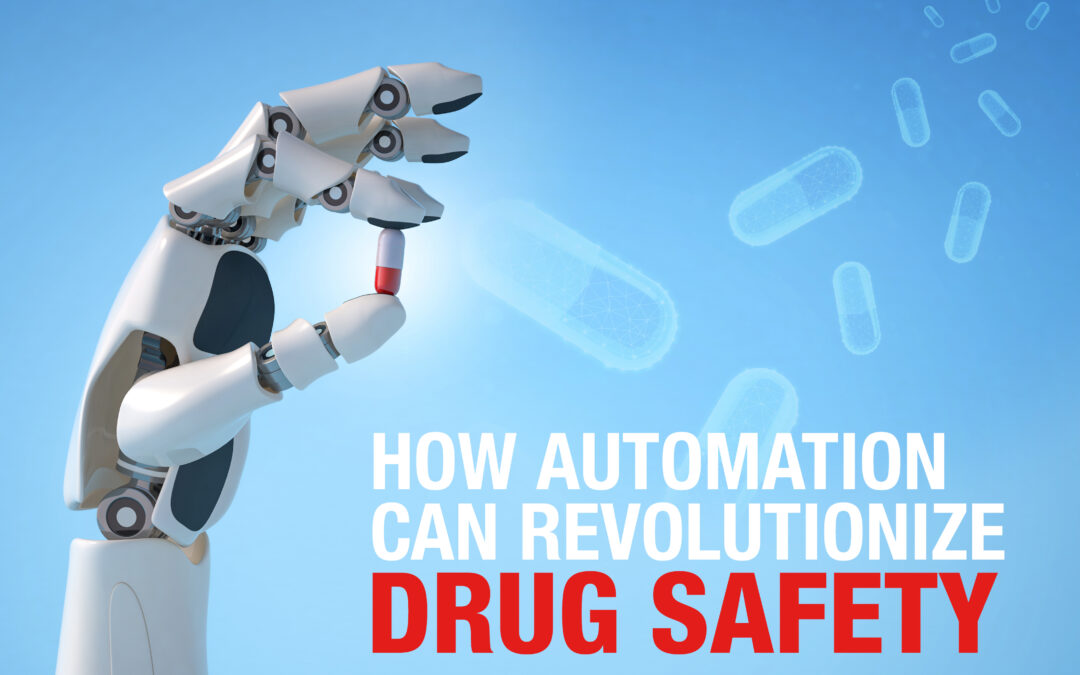By Jonathan Male
Pharmacovigilance caseloads have been rising due to increases in reported adverse events, with many sponsors bogged down by tracking large volumes of safety data using manual processes.
As a result, an increasing number of biotech companies are now looking at the power of cloud-based systems to simplify and automate drug-safety management processes.
To meet this need, an increasing range of pharmacovigilance functions are being outsourced to contract research organizations (CROs) and service providers, a market that is projected to grow by approximately 15 percent each year through 2030.1 Solutions from these vendors can provide enhanced security, real-time access, improved flexibility, and greater patient safety.
Global Harmonization of Regulations—Not Harmonious
Complicating matters are global regulators who increasingly approve complex “harmonized” pharmacovigilance regulations. Companies that want to sell drug products in the European Union (EU), for example, must provide a Pharmacovigilance System Master File (PSMF) to regulators—which means that some pharma companies must manage a PSMF or similar documentation for more than 60 countries.
In addition, tools that rely on offline workflows can weaken the chain of custody for adverse event reports. While much of the industry is still reliant on slower systems, the importance of the accessibility of real-time data access for the right team members, at the right time, is becoming an imperative.
CRO-managed offerings allow biotech companies to outsource maintenance, updates and upgrades, freeing up staff time. With cloud-powered pharmacovigilance, sponsors are able to access their data with the knowledge that the whole process is managed within a secure environment.
Biomapas is one CRO that has a safety database which offers features and an intuitive user interface that were developed to decrease data-entry errors, provide administrative flexibility and offer granular security controls.
According to Biomapas, “Through centralized governance and thorough quality control, we ensure full compliance with all national, international and global guidelines and regulations.” The company says that it strives to deliver client-oriented solutions by quickly adapting to an ever-changing pharmacovigilance environment.
Artificial Intelligence (AI)—On the Drug-Safety Horizon
While the full application of AI and machine learning for drug safety is a few years away, some experts believe that there is still an opportunity, today, to develop automation using algorithms which can enhance both efficiency and productivity.
This will also allow drug-safety teams to focus more on patients and the science of medication safety and less on administrative functions and information technology (IT)-related tasks.
Pharma companies that are early adopters of cloud-based and Big Data-powered pharmacovigilance systems are likely to also have a competitive advantage.
“Medication Without Harm:” A Global Imperative
Widespread adoption of these systems should also help companies — and countries — align with the World Health Organization (WHO) “Medication Without Harm” Global Patient Safety Challenge.2
In addition to the tragic human cost of adverse events, the WHO is also concerned about the global financial burden of medication errors, which is estimated to be $42 billion annually.
WHO’s goal is to achieve widespread engagement and commitment of countries and “professional bodies around the world to reducing the harm associated with medication.” The initiative aims to “propose solutions to address many of the obstacles the world faces today to ensure the safety of medication practices.”
Fortunately, automation, improved technology and enhanced reporting systems are poised to help companies tackle this challenge.
For more information, please contact Bob Karczewski ([email protected]) or Hoon Chang ([email protected]).
References:
- Allied Market Research. “Pharmacovigilance Outsourcing Market Size to Reach $9.65 Billion Globally by 2030” [Press release]. PRNewswire, August 25, 2021.
- World Health Organization. Initiatives: Medication Without Harm [web page]. Issued May 15, 2017. Available here: https://www.who.int/initiatives/medication-without-harm. Accessed January 11, 2023.

